Thinking of travelling in Jakarta during the protests? Get a calm, first-hand account of what it’s really like on the ground, just minutes from the hotspots. This is an honest look at safety, navigating the city, and the surprising reality of daily life beyond the headlines.
I always feel a little apprehensive when I leave Singapore. There’s a certain comfort in living in one of the safest places in the world, and that feeling becomes sharpest right before a trip.
The decision to go to Jakarta was made on a whim. My leave for the upcoming Monday was finally approved on a Thursday, and by then, flight prices to most nearby destinations had skyrocketed. But Jakarta was different. The prices had dropped slightly. That was enough for my wife and I. We booked the tickets for Friday night, packed our bags, and didn’t think much more of it.
I vaguely remembered reading something about protests in Indonesia, but it was a distant headline that didn’t quite register. It wasn’t until I was already on the plane, buckled in and about to leave for the runway, that we saw the news on our phones. This time, the headlines were more urgent, talking about an escalating situation. The day after I landed, an official email from the Ministry of Foreign Affairs arrived, followed by a stream of texts from family and friends. Their questions were all the same: “Are you okay?”
This post isn’t a political commentary, nor is it meant to tell you whether you should or shouldn’t travel to a place experiencing turmoil. It is simply my first-hand account of what it was like to be on the ground in a city holding its breath, a city where headlines and daily life tell two very different stories.
The Background: Understanding the Protests
To understand my experience, it’s important to have a little context. The demonstrations that began in late August were initially sparked by public anger over newly announced housing allowances for members of parliament. Critics argued the perks were excessive at a time when many Indonesians were grappling with the rising cost of living and unemployment.
What started as student-led rallies outside the parliament building in Jakarta soon intensified. Tensions escalated dramatically after a tragic incident where a 21-year-old motorcycle delivery driver was killed by a police armored vehicle during a protest. This event became a rallying point, fueling wider public anger and leading to more intense clashes between protesters and security forces. The unrest spread from Jakarta to other major cities, with reports of property damage and violent confrontations.
My On-the-Ground Experience: A Tale of Two Cities
My 3 days in Jakarta felt like navigating two different cities at once. My hotel was located in Central Jakarta, and I was surprised to learn it was only about a 10-minute drive from the main protest sites. Despite this proximity, the streets immediately around me remained calm. There was the city I saw on the news, and then there was the city I was actually in.
Away from the hotspots, life felt surprisingly normal. In the neighborhoods I visited, cafes were brewing coffee, shops were open, and street food vendors were serving customers. People still had to make a living, so life went on.
But you couldn’t completely forget about the protests. You’d see small signs of the tension everywhere.
Closed Doors: Some museums were unexpectedly closed. We turned up to the Jarkata History Museum only to see a piece of paper plastered on the doors saying that they are closed due to the inconducive situation. When trying to order food delivery one evening, we found that many restaurants near the protest zones were unavailable. A few shops in the areas we visited decided to close their doors earlier than usual, just in case things got worse at night.
Constant Detours: Nearly every ride in a taxi involved a detour. Our drivers were constantly navigating road closures, which often meant longer travel times. The strange silver lining was that the roads were unusually empty. With no crowds and no traffic jams, getting around was often faster than I expected.
How Quiet Everything Was: The most surreal part of the experience was the quiet. Malls, streets, and even tourist spots had significantly less footfall. It made me wonder where everyone was. The lack of crowds was, in a practical sense, ideal for a traveler. But it also felt unnerving. A visit to Chinatown and Pasar Baru, areas I’d heard might be tense, and they were peaceful but just really, really quiet.
We had to be constantly aware of our surroundings. I found myself on Reddit multiple times a day, trying to find up-to-date information, but it was hard to find any concrete information in English. All I really knew was the vague areas to avoid. There was a persistent, low-grade fear, a fear of being in the wrong place at the wrong time, a fear of racism, and a nagging worry that the road to the airport might suddenly be blocked. Thankfully, nothing happened to us.
A Short List of Actionable Takeaways
I count myself very lucky that I never encountered any violence or direct danger. For anyone finding themselves in a similar, evolving situation, my approach came down to a few simple principles.
- Know the Hotspots: The most important thing was knowing where the protests were happening and staying away. A quick check of local news each morning was enough to plan the day’s movements.
- Stick to Safer Zones: We found that large, enclosed spaces like shopping malls were generally safe. They had increased security, including bag scanners at every entrance, which provided a sense of security.
- Stay Flexible and Smart: The situation was fluid. We had to be ready to change plans at a moment’s notice. The key was to stay smart, avoid any large crowds, and not take any stupid risks.
Honestly, I never saw the point of hiding in my hotel. It felt more constructive to be out, cautious but still present. By continuing to explore and spend money at local businesses, I felt I was contributing in a small, positive way to the city’s economy during a difficult time.
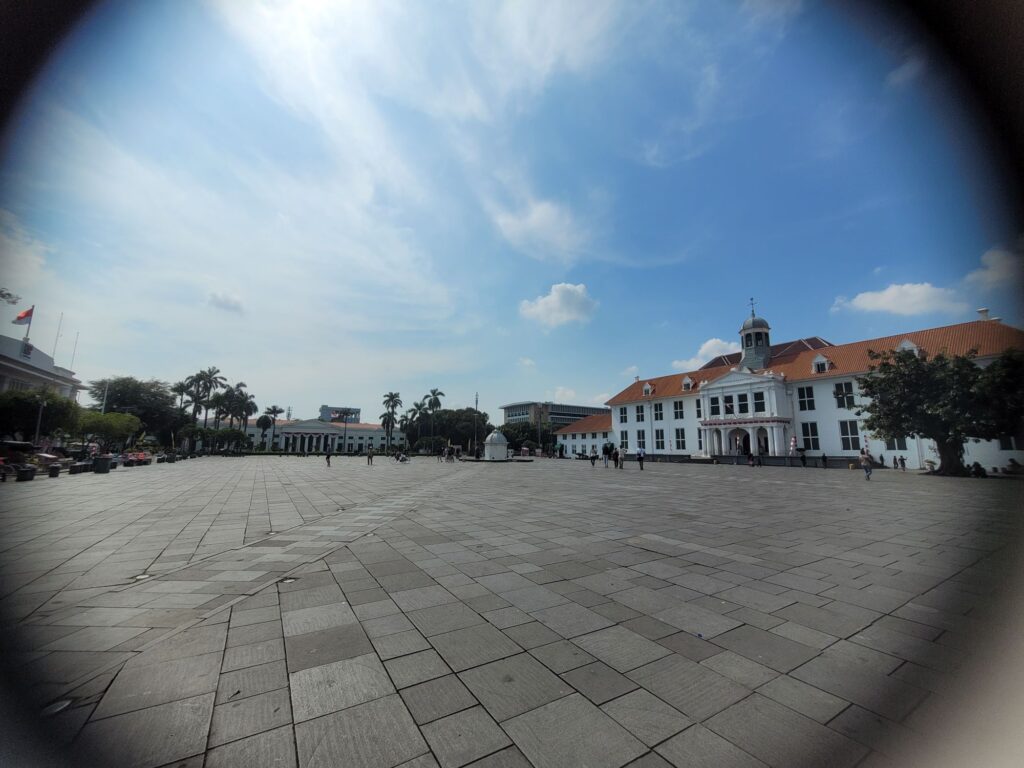
Concluding Thought: Travelling in Jakarta During the Protests
My trip to Jakarta was a powerful lesson in perspective. It’s crucial to state that this was my experience during a specific window of time in what was, and remains, an evolving situation. The conditions on the ground can change rapidly, and what I observed may not apply in the future.
This post is not meant to capitalize on a country’s internal struggles. Rather, my goal is to share a first-hand experience for other travelers who might find themselves on the ground in a complex and unpredictable environment. As a visitor, it is not my place to comment on the politics of another nation. It is, however, my responsibility to be a respectful bystander, to recognize the significance of the events for the Indonesian people, and to navigate their space with awareness and humility.
This journey was a reminder that travel often gives us a lens into moments we don’t expect. For more stories about the lessons and insights gained on the road, you can explore my other Personal Essays & Reflections.
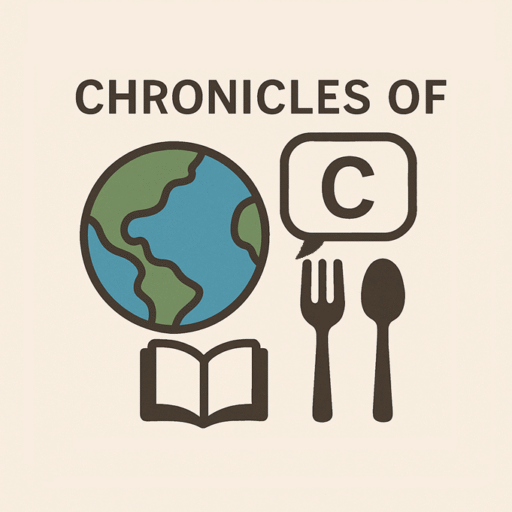
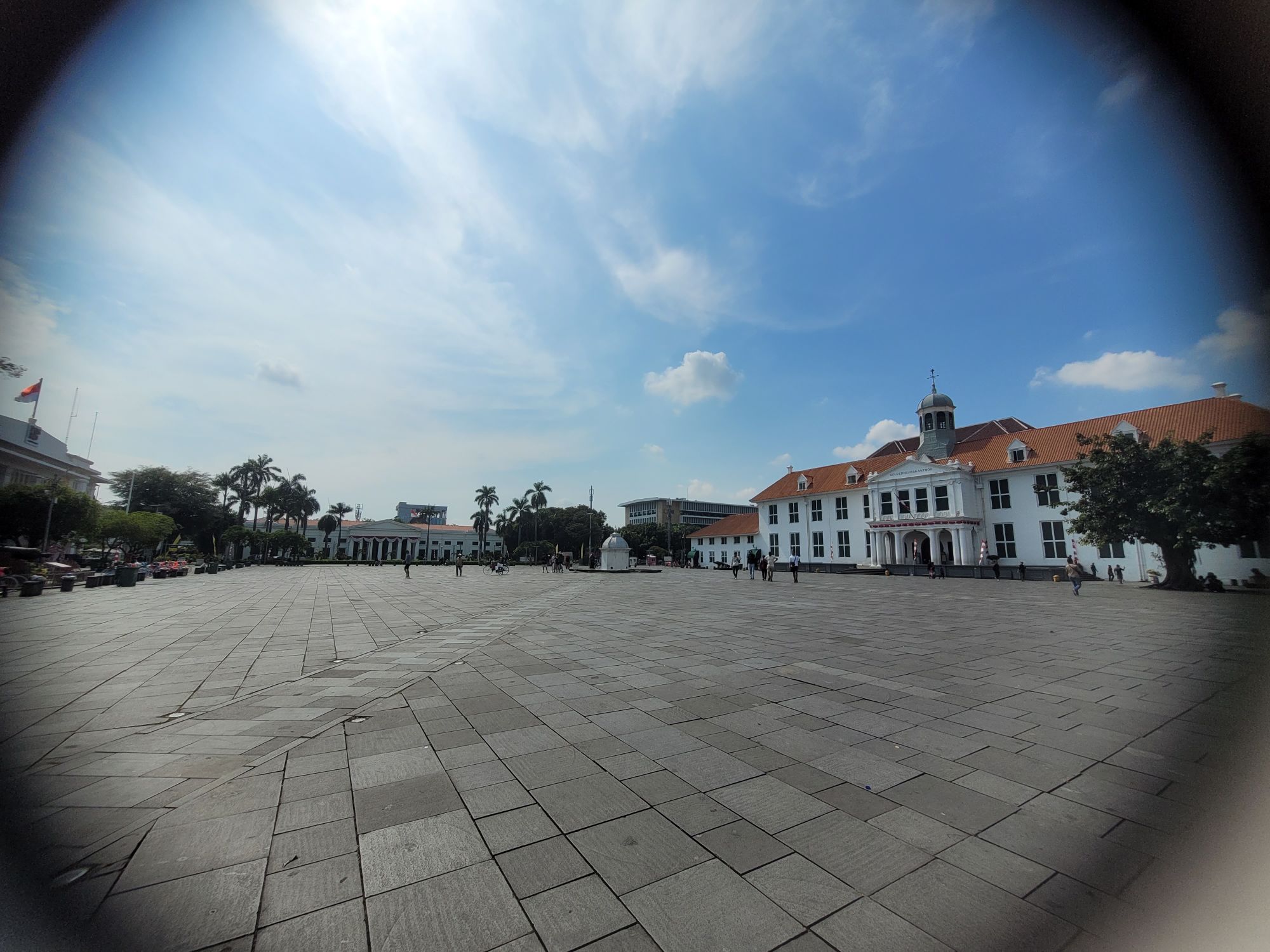
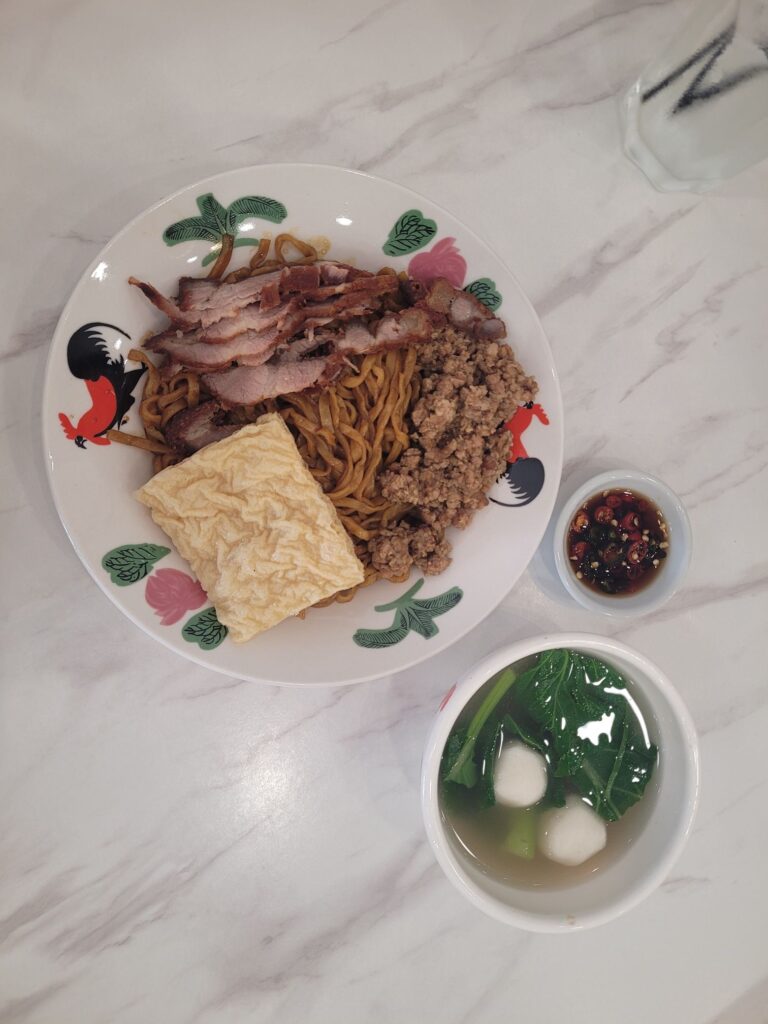
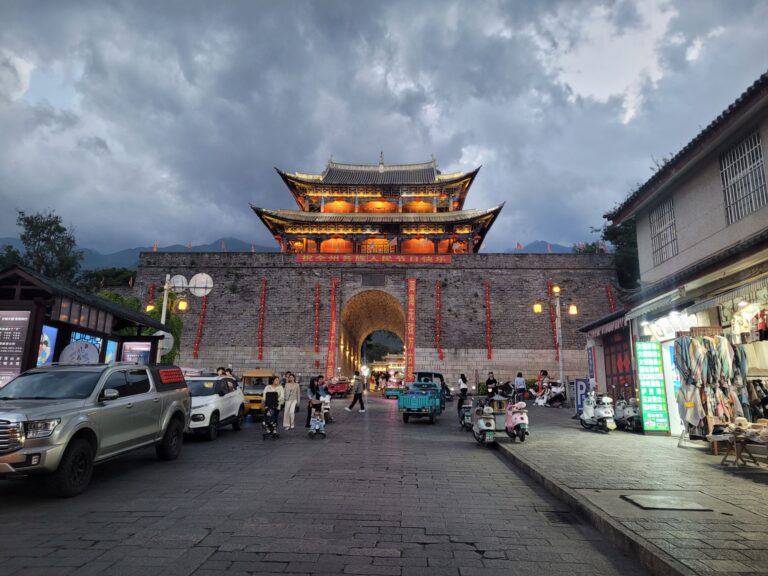
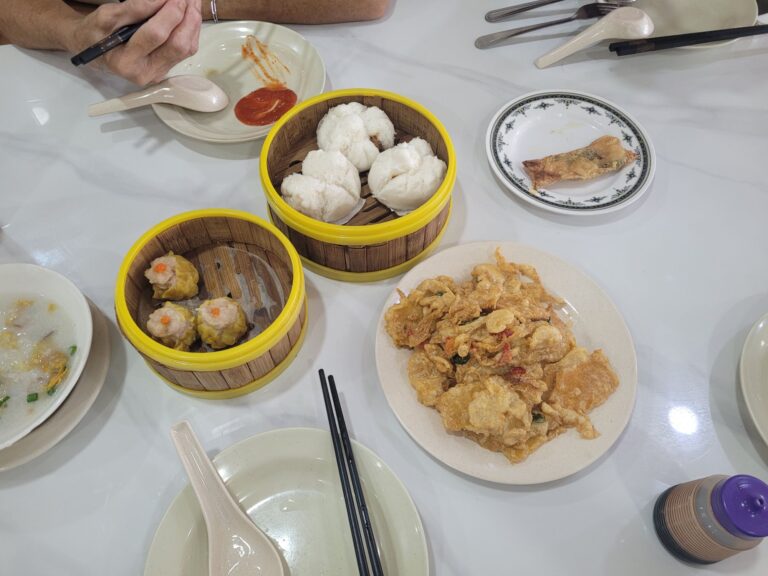
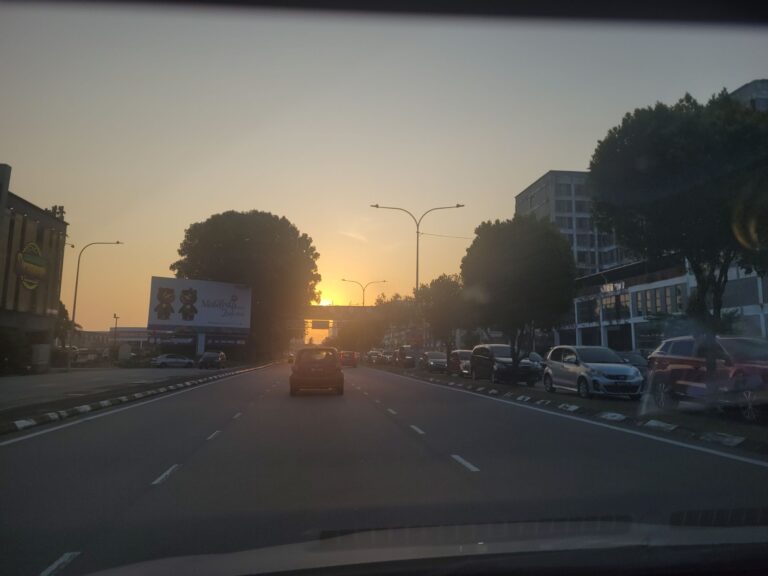
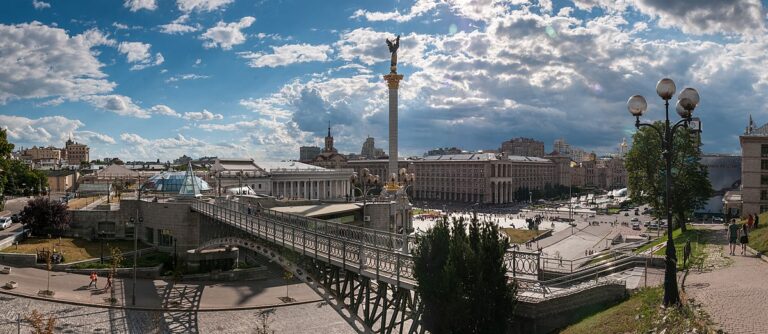
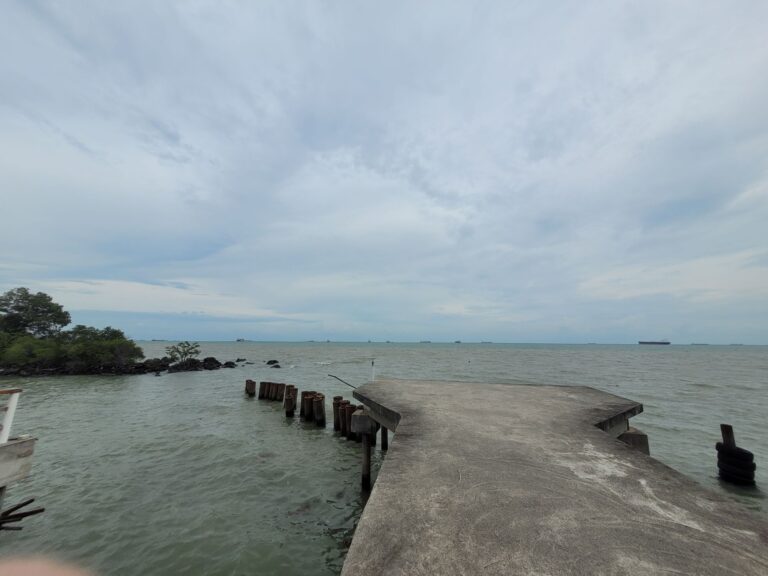
One Comment